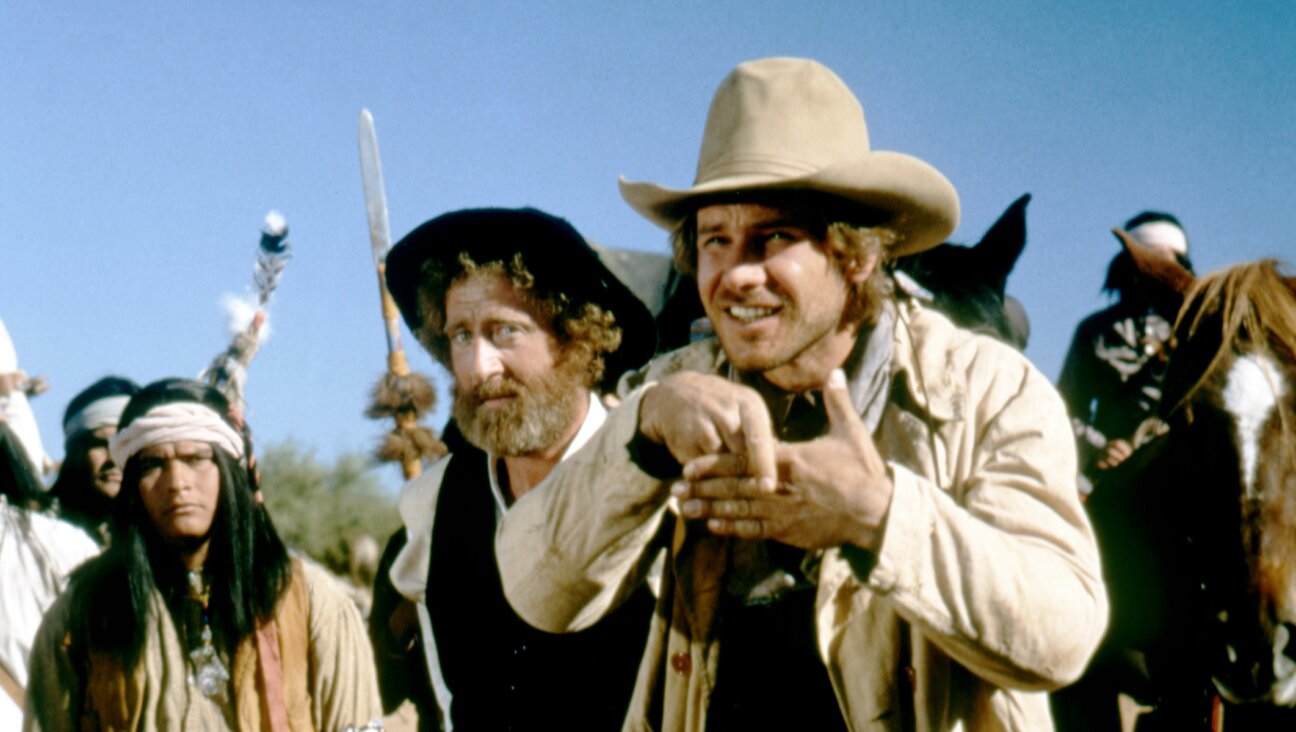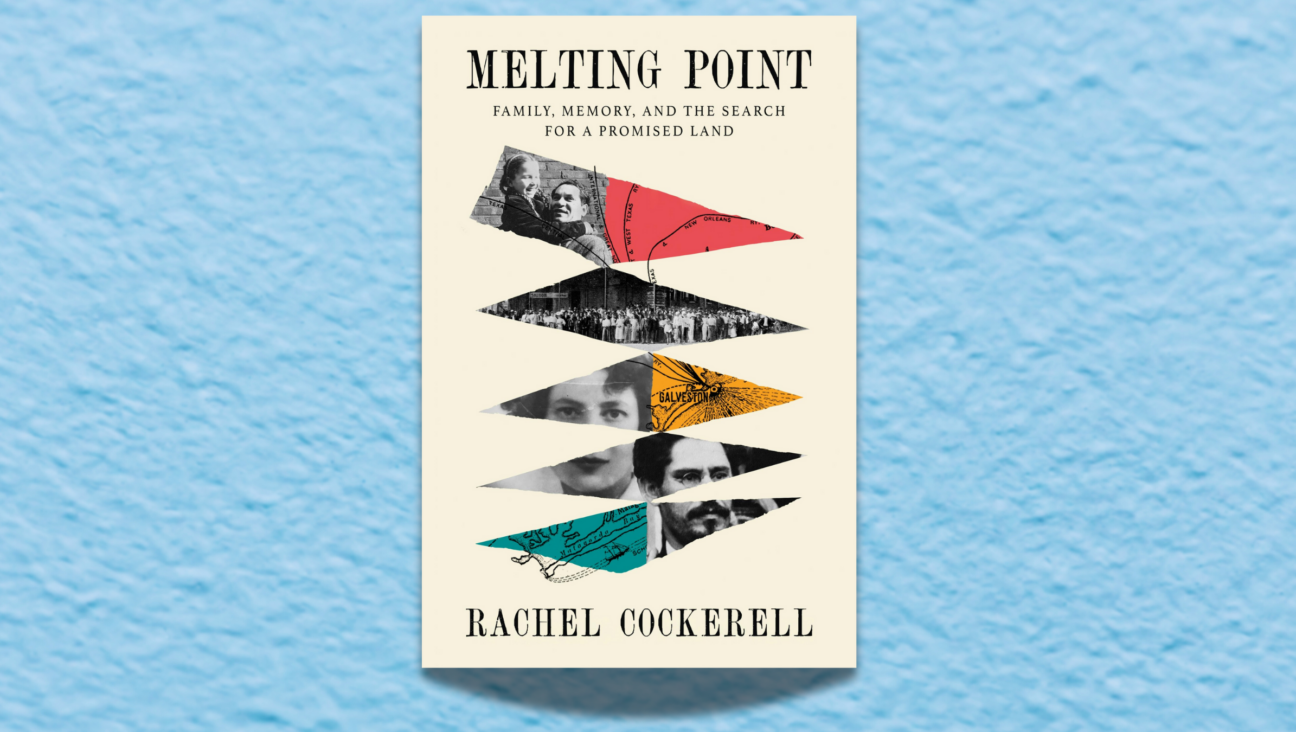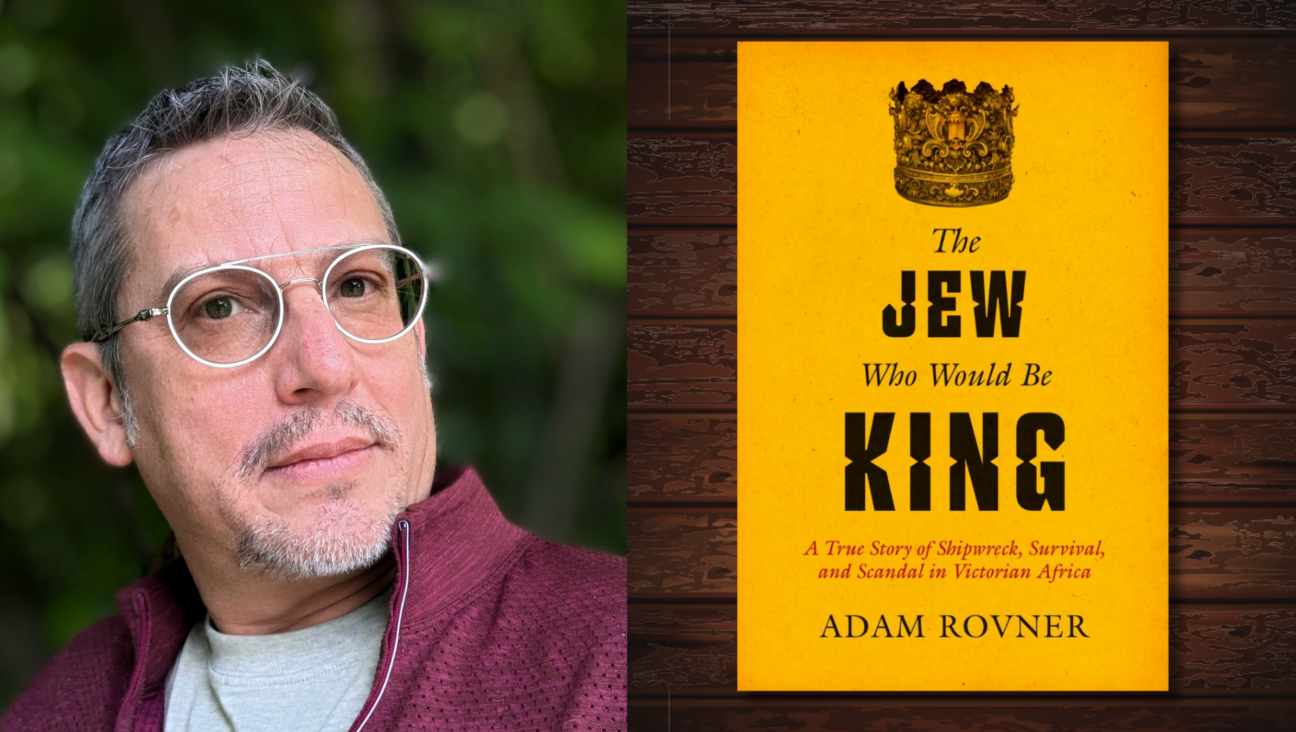Judy Blume’s ‘Tiger Eyes’ Comes to Big Screen

Image by Bradbury

Image by Bradbury
My favorite Young Adult novels when I was a young reader were the ones that I now think of as “my summer of death and kissing” novels. Sound morbid? It’s not, really. It’s about a certain kind of melancholy grandeur. The way I see it is: If art, like life, boils down to sex, death and family, then the best YA novels are the ones that describe initiation into the complexities of all three.
One of my most dog-eared in that category was Madeline L’Engle’s “A Ring of Endless Light,” where our heroine learns about death, dolphins and boys, and the other was Judy Blume’s “Tiger Eyes,” where our heroine encounters death, canyons and boys. This latter novel, my favorite by Blume, has now been made into a feature film by Blume’s son Larry — remarkably, the first feature adaptation of a Blume novel — with his famous mom’s collaboration on the screenplay. It arrives in theaters and on-demand TV on June 7.
“Tiger Eyes,” which I’ve probably read upwards of six or seven times, is told from the perspective of Davey, a teenager in Atlantic City, who must face life without her father after he is murdered tending his 7-Eleven store and her family relocates to Los Alamos. Davey is aided in her grieving process by Wolf, an older boy she meets in a canyon (only this week did a friend of mine point out the Freudian implications of the canyon) who is also losing his father to illness.
Natural beauty and teen angst mark Davey’s year. There is a school musical, and an alcoholic friend, and there are caustic remarks about Los Alamos’s history of nuclear testing, interspersed with painful flashbacks of Davey’s defining trauma. The content is dark, yet the book, and the faithful film I was lucky to preview, are anything but. The whole work radiates a kind of exquisite painfulness, a feeling of vital sadness that is most marked in adolescence, but extends far beyond its realm.
Now that I’m older and I see this story through eyes that have seen somewhat more of grief, trauma, substance abuse, romance and family drama than I did at 12 and 13, I found “Tiger Eyes” to be as quietly mesmerizing a story as I remembered — but also incredibly accurate.
Young people can understand what’s “real,” even if they’ve never experienced it. My friends and I never realized as younger readers that Blume’s books, or any books, were tackling big “topics,” perennial censorship-magnets. I just thought: these are parts of life I will someday understand. Some of us already did understand them. Stories like “Tiger Eyes” helped prepare us pre-teens for actual teenagedom and later, adulthood (although I was never lucky enough at sixteen to encounter a boy in a canyon who healed my existential pain.)
That’s why I have to forgive Blume her superfans. At a recent preview screening and Q&A held at the JCC in Manhattan, the crowd was adoring to the point of being fawning — more than a few of the questions boiled down to long-winded declarations of Blume worship. But having just sniffled and sobbed through most of the film (as, Blume told us, she does with every viewing), I felt I wasn’t one to sneer.
Instead, I’ll cheer and urge readers to take their younger children to see this film. What will strike them when they do is how natural it feels compared to the recent trend of supernatural YA stories. As Blume the younger said during the Q&A, as much as we love “Twilight” and “The Hunger Games,” this story covers the same territory in a slower, subtler, sadder way than those do, and it’s every bit as breathtaking and intense.
The Forward is free to read, but it isn’t free to produce

I hope you appreciated this article. Before you go, I’d like to ask you to please support the Forward.
Now more than ever, American Jews need independent news they can trust, with reporting driven by truth, not ideology. We serve you, not any ideological agenda.
At a time when other newsrooms are closing or cutting back, the Forward has removed its paywall and invested additional resources to report on the ground from Israel and around the U.S. on the impact of the war, rising antisemitism and polarized discourse.
This is a great time to support independent Jewish journalism you rely on. Make a gift today!
— Rachel Fishman Feddersen, Publisher and CEO
Support our mission to tell the Jewish story fully and fairly.
Most Popular
- 1

Fast Forward Ye debuts ‘Heil Hitler’ music video that includes a sample of a Hitler speech
- 2

Opinion It looks like Israel totally underestimated Trump
- 3

Culture Cardinals are Catholic, not Jewish — so why do they all wear yarmulkes?
- 4

Fast Forward Student suspended for ‘F— the Jews’ video defends himself on antisemitic podcast
In Case You Missed It
-

Culture Should Diaspora Jews be buried in Israel? A rabbi responds
-

Fast Forward In first Sunday address, Pope Leo XIV calls for ceasefire in Gaza, release of hostages
-

Fast Forward Huckabee denies rift between Netanyahu and Trump as US actions in Middle East appear to leave out Israel
-

Fast Forward Federal security grants to synagogues are resuming after two-month Trump freeze
-
Shop the Forward Store
100% of profits support our journalism
Republish This Story
Please read before republishing
We’re happy to make this story available to republish for free, unless it originated with JTA, Haaretz or another publication (as indicated on the article) and as long as you follow our guidelines.
You must comply with the following:
- Credit the Forward
- Retain our pixel
- Preserve our canonical link in Google search
- Add a noindex tag in Google search
See our full guidelines for more information, and this guide for detail about canonical URLs.
To republish, copy the HTML by clicking on the yellow button to the right; it includes our tracking pixel, all paragraph styles and hyperlinks, the author byline and credit to the Forward. It does not include images; to avoid copyright violations, you must add them manually, following our guidelines. Please email us at [email protected], subject line “republish,” with any questions or to let us know what stories you’re picking up.
















